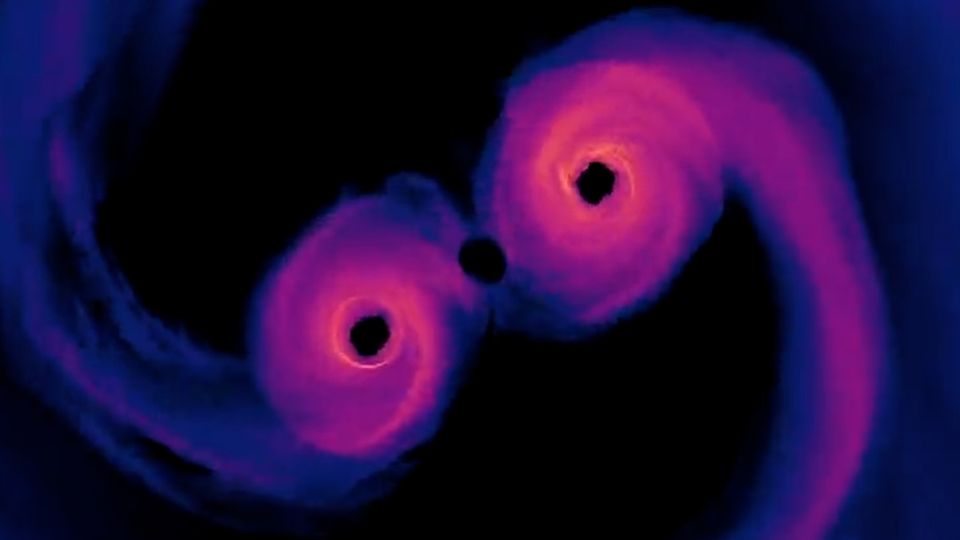study
One of the most important ingredients for life: Researchers find phosphorus on Saturn’s moon Enceladus
Geysers eject particles of ice from the interior of Enceladus, a moon of Saturn. Researchers have now demonstrated that it is one of the most important building blocks for life.
© NASA / AFP
Now everything is actually together that life needs – at least according to the basic recipe. Researchers have detected phosphorus beneath the frozen ocean on Saturn’s moon Enceladus.
New impetus for the search for extraterrestrial life: Researchers have discovered that the building block phosphorus, which is central to the formation of life, occurs in the ocean of Saturn’s moon Enceladus. Geysers eject ice particles from the icy moon’s interior into space through cracks in the surface, according to a study published Wednesday in the journal Nature. The phosphorus it contains is a key element for the emergence of life.
Saturn probe Cassini – one of the most successful missions in space history
“We found plentiful phosphorus in ice plume samples erupting from the subsurface ocean,” said one of the study’s co-authors, Christopher Glein of the Southwest Research Institute. This is “a startling discovery for astrobiology”.
“It’s the first time this essential element has been detected in an ocean beyond Earth,” said study lead author Frank Postberg. The data collected for years by NASA’s Cassini probe and now evaluated “leaves no doubt that significant amounts of this important substance are present in the ocean,” said the planetary researcher from Freie Universität (FU) Berlin.
Saturn’s probe Cassini began exploring the giant gaseous planet far out in the solar system in 2004 before burning up in the planet’s atmosphere after its mission ended in 2017. The mission is one of the most successful in the history of space travel: it discovered new rings and moons and revealed many secrets of the second largest planet in the solar system.

According to the FU Berlin, the NASA probe had already detected the ocean under the ice crust of the moon a few years ago. Their evaluated data now confirmed earlier results of the Berlin planetary researchers from laboratory experiments.
Saturn’s moon Enceladus meets “the most stringent requirement for life”
In previous work, the scientists had already found out that the ocean on Enceladus is a “soda ocean”, i.e. rich in dissolved carbonates. It also contains a large amount of complex organic molecules. Evidence of hydrothermal vents at the bottom of the ocean has also been found. Recently, the FU research team finally discovered evidence of phosphorus compounds in the data.
Over the past 25 years, planetary scientists have discovered that celestial bodies with oceans beneath an icy crust are common in the outer Solar System and contain far more water than all of Earth’s oceans combined. These include Jupiter’s moon Europa, Saturn’s largest moon Titan, and even more distant Pluto.
While planets like Earth, with its surface oceans, must orbit a certain distance from their host star to maintain the right temperatures for life to arise, the discovery of worlds with subsurface oceans expands the number of possible habitable extraterrestrial planets.
“With this discovery, it is now known that the ocean of Enceladus meets the most stringent requirement for life,” said NASA researcher Glein. The next step is now clear: “We need to return to Enceladus to see if the habitable ocean is actually inhabited.”

